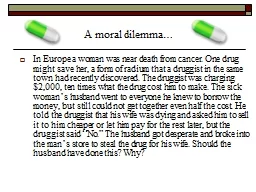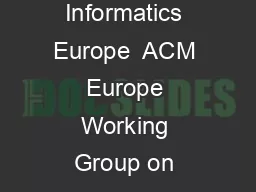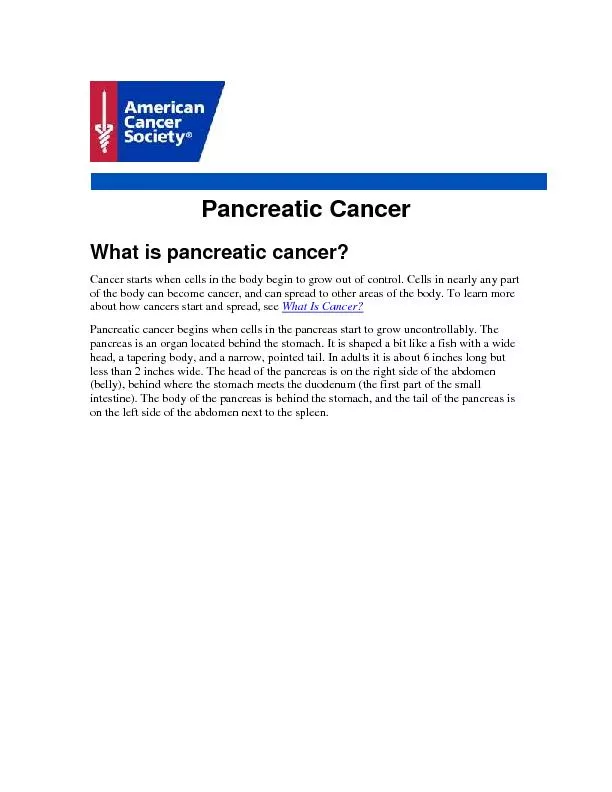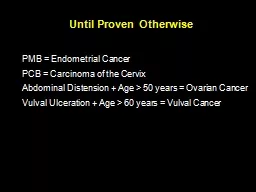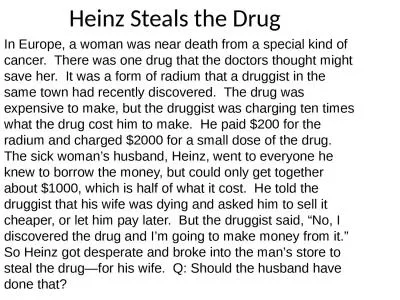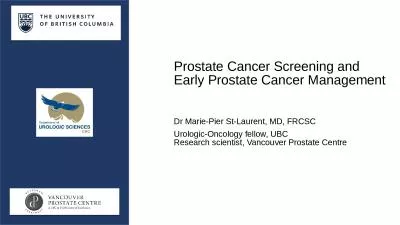PPT-In Europe a woman was near death from cancer. One drug migh
Author : pamella-moone | Published Date : 2017-12-08
A moral dilemma Lawrence Kohlberg October 25 1927 January 19 1987 American Psychologist Emphasis Moral development Teacher at Yale the University of Chicago
Presentation Embed Code
Download Presentation
Download Presentation The PPT/PDF document "In Europe a woman was near death from ca..." is the property of its rightful owner. Permission is granted to download and print the materials on this website for personal, non-commercial use only, and to display it on your personal computer provided you do not modify the materials and that you retain all copyright notices contained in the materials. By downloading content from our website, you accept the terms of this agreement.
In Europe a woman was near death from cancer. One drug migh: Transcript
Download Rules Of Document
"In Europe a woman was near death from cancer. One drug migh"The content belongs to its owner. You may download and print it for personal use, without modification, and keep all copyright notices. By downloading, you agree to these terms.
Related Documents

